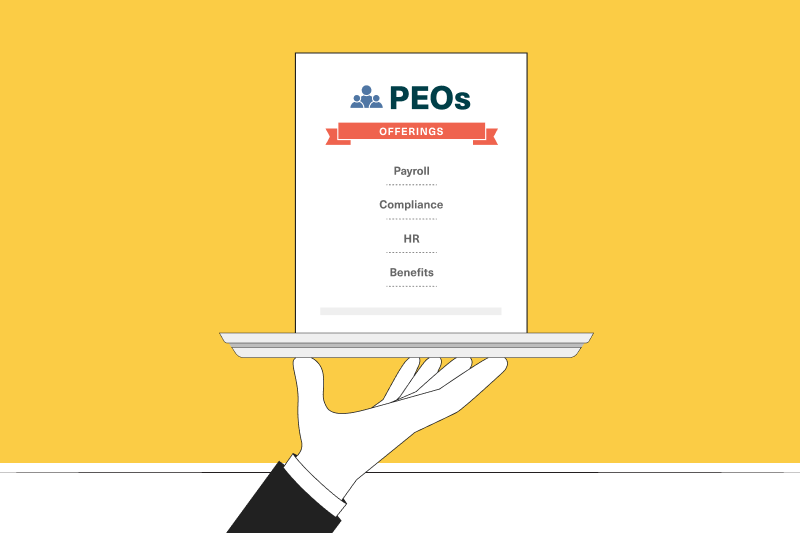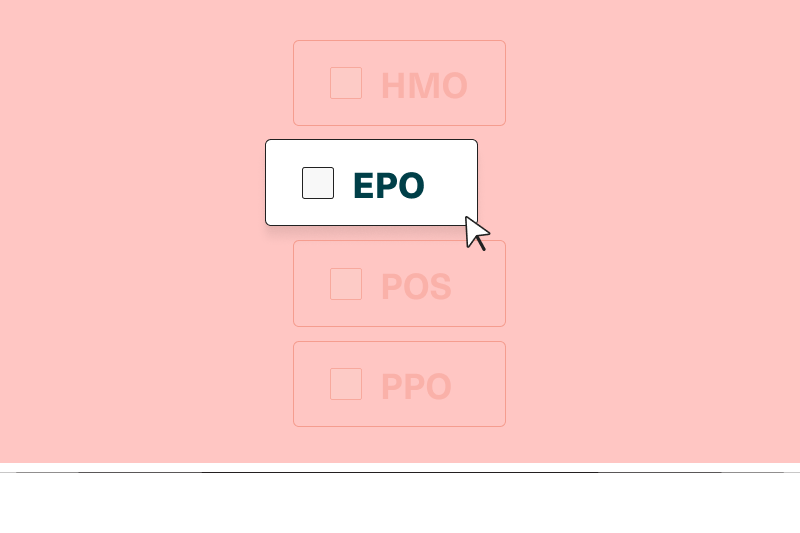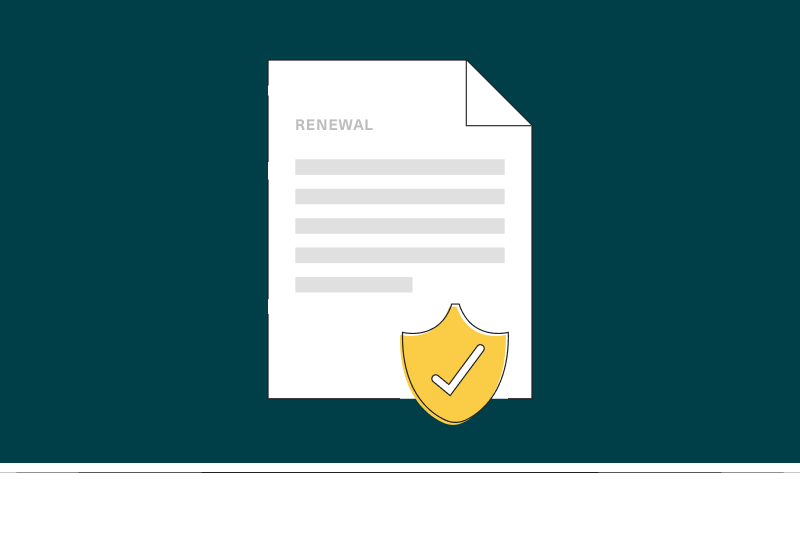How to set up a 401(k) for employees

Before learning how to set up a 401(k) for employees: Are Americans saving enough for retirement?
You are probably busy finding the best health plans for your staff members, but how about their retirement? How do you set up a 401(k) for employees? Should you?
In a nutshell, a 401(k) is a retirement savings plan that offers tax incentives for savers, among other benefits. All 401(k) plan participants agree to have a percentage of every paycheck deposited directly into their investment accounts, while their employers might match these contributions.
It may be helpful first to review the usual behavior when it comes to retirement plans. According to an expert interview posted on Benefits Pro, almost 80% of people in America don’t save enough for retirement, and nearly half don’t save anything at all. Below are more interesting facts from the same article:
- One of the main reasons people don’t save enough for retirement is that most small and medium-sized companies don’t offer retirement plans.
- The interviewed expert affirms saving for retirement is usually made possible when employers offer a retirement plan to their employees.
- Employers’ decisions significantly affect whether or not employees participate in their plans and how much they personally contribute.
- Sponsors play an important role because they can offer company matching and auto-enrollment to increase participation.
As you can see, a person’s retirement plan is highly dependent on their employer. With recruiting and retaining employees top of mind for most employers, you can stand out from the crowd by providing a comprehensive benefits package that goes beyond attractive health insurance benefits. Incorporating 401(k)s into the package makes your offer more attractive and incentivizes employees to stay.
Why are 401(k) plans beneficial to small businesses?
Referencing the guide 401(k) Plans for Small Businesses from the U.S. Department of Labor’s Employee Benefits Security Administration (EBSA) and the Internal Revenue Service (IRS), these plans promote your employee’s financial security and bring you several advantages as a small business owner:
- 401(k)s help you recruit and retain qualified employees, as mentioned above.
- If you contribute to an employee’s account, you can claim a tax deduction.
- Diversifying investment vehicles will allow the money contributed to grow.
- Employer contributions are deductible, and earnings and contributions are tax-deferred until distribution.
- When employees leave the company, their benefits follow them, reducing the amount of administrative work.
In light of these benefits, you may want to know how to set up a 401(k) for employees. Read on to learn.
Related: Small Business Health Insurance Options in 2021
How to set up a 401(k) for employees and include it in your company’s benefits package
The IRS answers how to set up a 401(k) for employees in the following four steps:
1) Create a written plan
You will first need to determine which type of 401(k) plan you should create: A traditional 401(k), a safe harbor 401(k), or a SIMPLE 401(k) plan. From the three types of plans, a traditional 401(k) offers the most flexibility. You can choose to make contributions on behalf of all participants, match employees’ deferrals, or do both.
Then, you move to the foundation of any plan, which is a written document. If you haven’t already, you should consider consulting with a retirement plan professional or financial institution to complete this step. The document you’re bound by applies in either case.
2) Establish a trust fund to hold the assets of the plan
It’s essential that all plan assets are held in trust, so they’re used exclusively to benefit members and their beneficiaries. 401(k) trusts require at least one trustee to manage contributions, investments, and distributions. Therefore, choosing the right trustee is one of the most crucial decisions you’ll make when setting up a 401(k) because it impacts the plan’s financial security. If the plan has insurance, you don’t need to worry about this step.
Related: What Can Small Business Owners Do for Health Insurance?
3) Implement a documentation system
Managing participants’ accounts properly requires accurately tracking and attributing the following:
- Contributions
- Earnings and losses
- Investments
- Expenses
- Benefit distributions
It is common for administrators, financial institutions, and other entities to assist with keeping the necessary records. You, your company’s plan administrator, or your financial provider, can also use the recordkeeping system to prepare the plan’s annual federal return and report.
4) Explain the 401(k) plan to employees
When you set up your 401(k), you should let your eligible employees know about the plan’s benefits and requirements. Summary plan descriptions, or SPDs, are the primary way to tell participants and beneficiaries how it works. An SPD usually comes with the plan document, and all participants should receive it.
In addition to comprehensive health insurance, retirement plans are the most popular benefits employers can offer to their workers and candidates. So, it is beneficial for your employees to know about the advantages of joining your 401(k). The benefits of participating in a 401(k) plan include pre-tax employee contributions, compounded tax-deferred earnings, and employer contributions if you choose to offer them.
How can a modern health insurance plan help you implement 401(k)s in your company?
Using modern health insurance plans can help your small business save enough money to devote part of your budget to include 401(k)s in your benefits. These modern health benefits providers are entrepreneurial and agile, with different pricing structures than legacy insurers.
Before setting up a 401(k) for employees, you should carefully analyze your health insurance options so you can choose one that closely matches your business’ needs. When you provide health insurance for your employees, you demonstrate your commitment to their wellbeing and to that of your company as well. Investing the time and resources to find the best health plans is well worth the effort and may even be less expensive than you thought.
As a small business owner, you can offer your employees comprehensive benefits packages with full medical, dental and vision coverage. Sana can provide you with these rich benefits and more at a lower rate than you’d pay if you signed up for legacy health insurance.
By switching from legacy carriers to Sana, small businesses can save up to 20% on their monthly costs. Additionally, our plans make it possible for your business to save around $1,500 per employee per year. With these savings through Sana health plans, you may be able to launch an attractive 401(k) program for your employees for the first time. Get a quote today to learn more.






